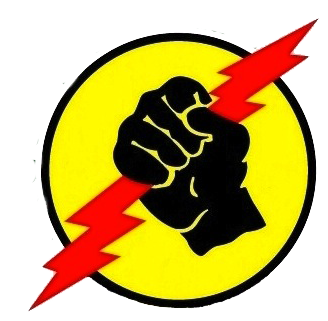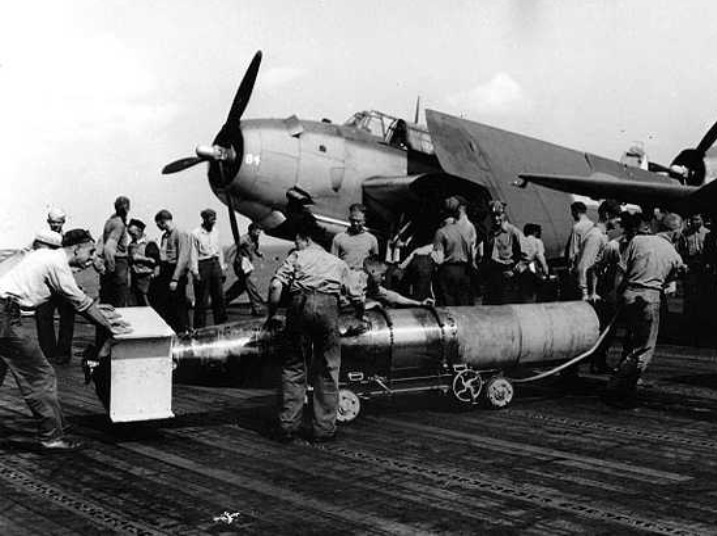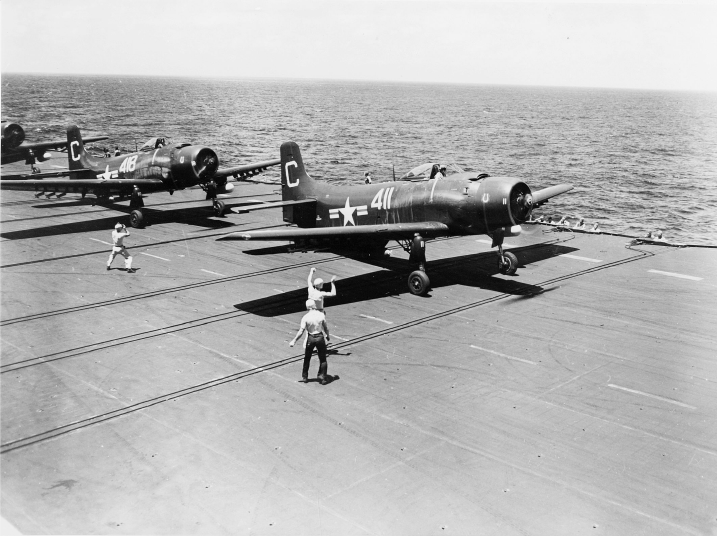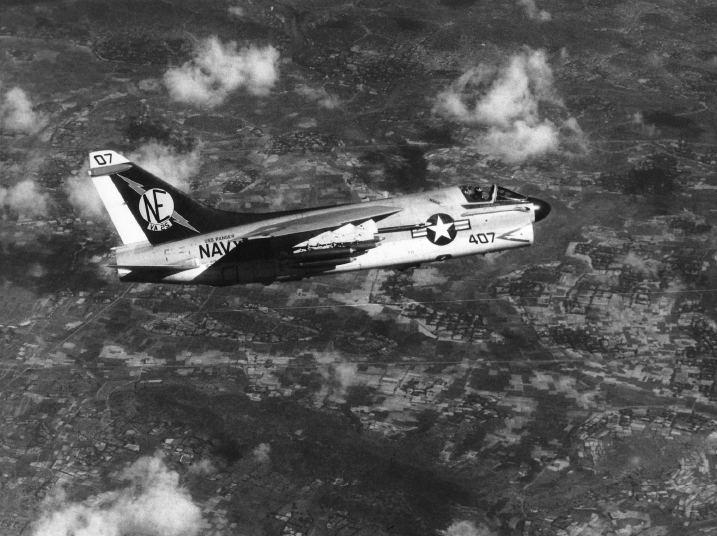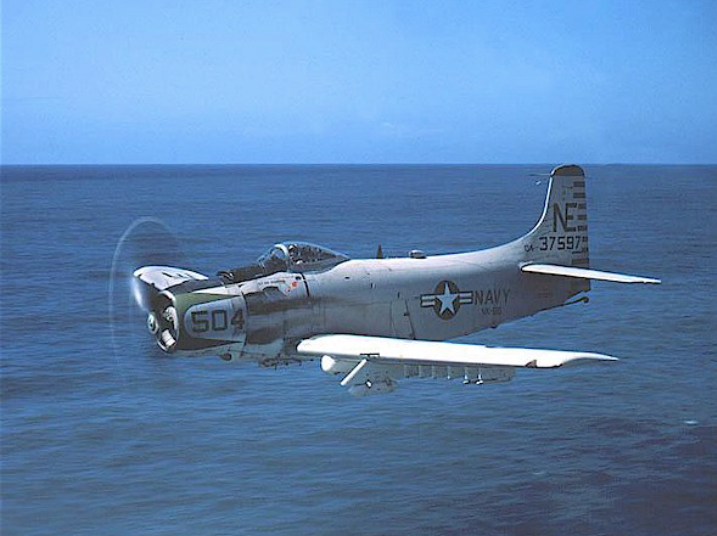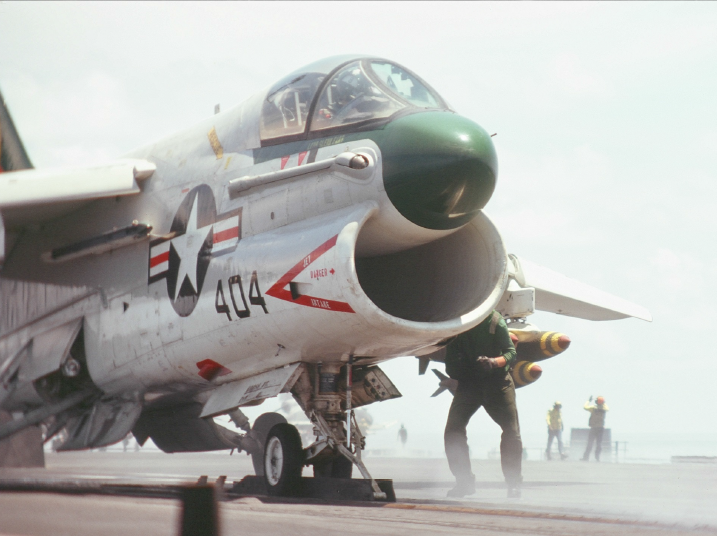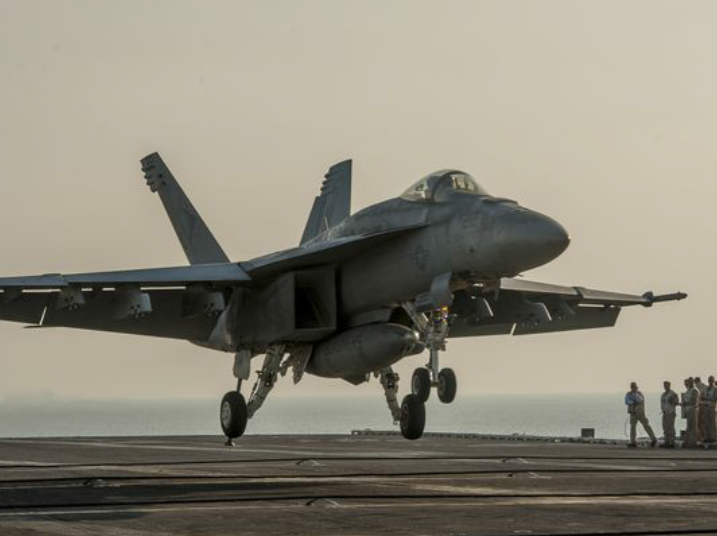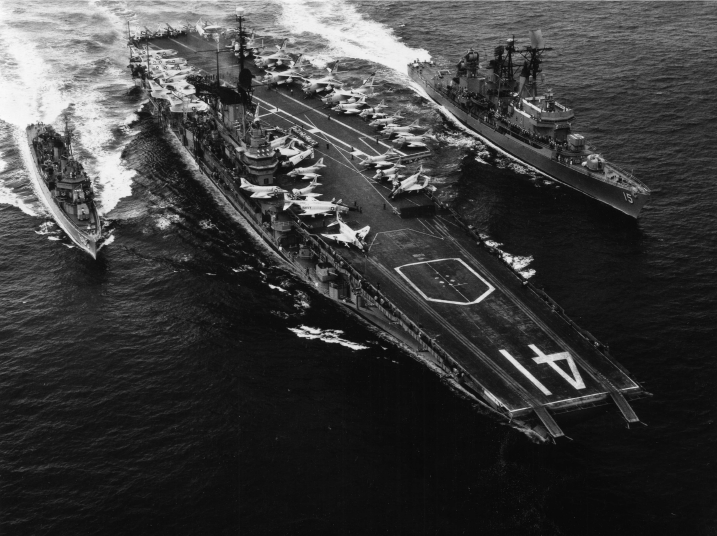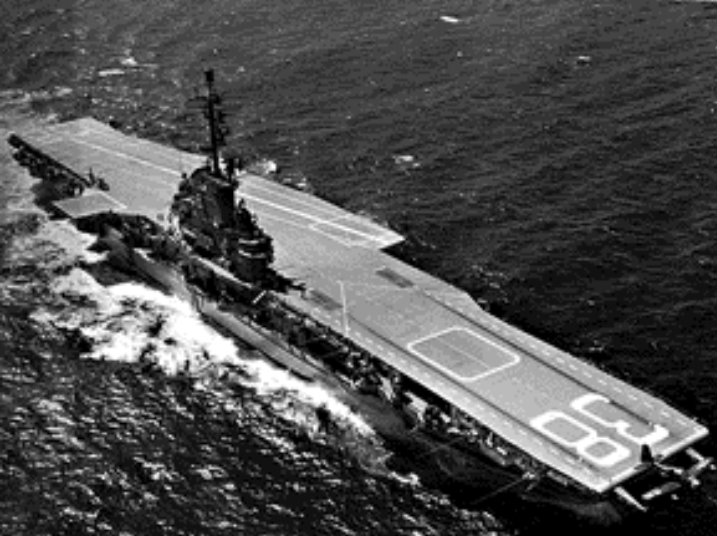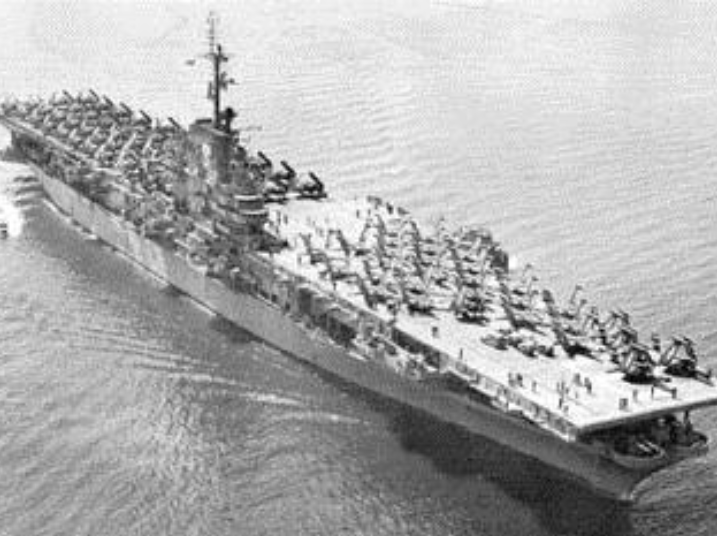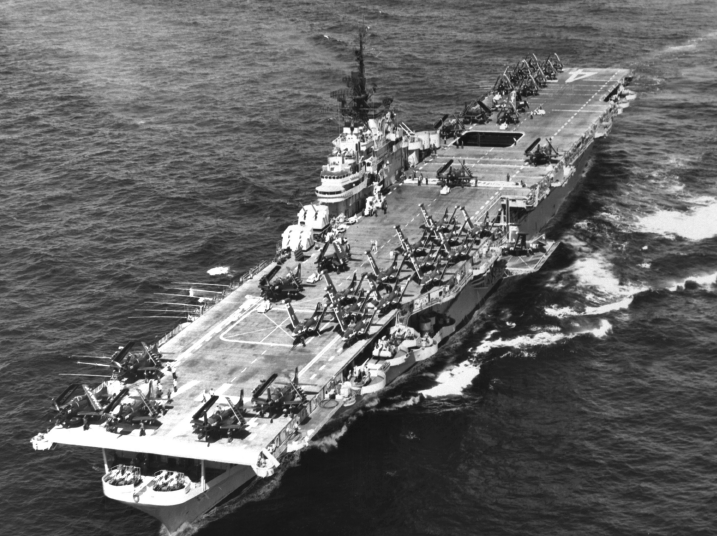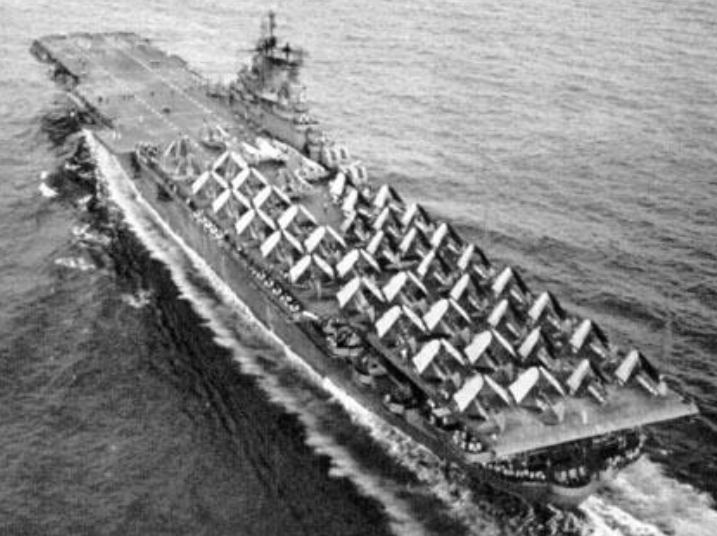Fist of the Fleet Aircraft
Carrier-based aircraft are different. The reasons seem obvious and include folding wings and a capability for catapult launches and arrested recoveries. Salt-water corrosion is a major issue and, until recently, corrosion was aggravated by noxious stack gas (sulfur) from the carrier itself. Contents Include;
- Grumman Avenger (TBF-1/TBM-3)
- Curtis Helldiver (SB2C-4/5)
- Douglas Skyraider (AD-1/2/3/4/5 and A-1H/J)
- Ling-Tempco-Vought (LTV) Corsair II (A-7B/E)
- McDonnel-Douglas Hornet (F/A-18A/C)
- Early World War II Aircraft (USN and USMC)
- Early Navy Jet Aircraft
